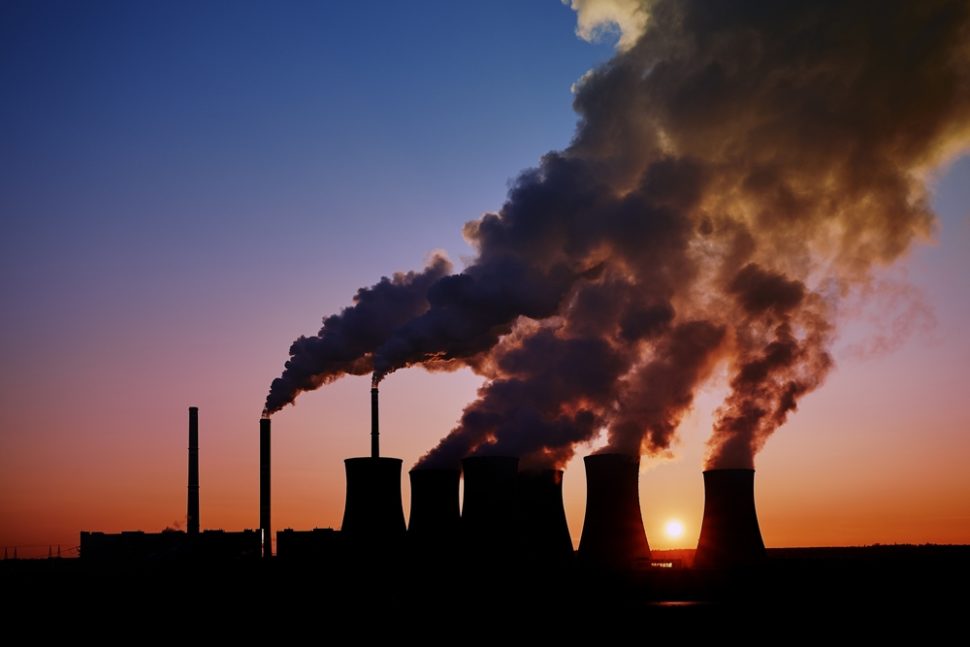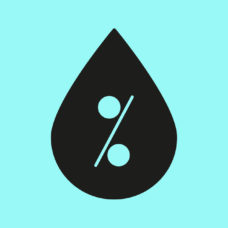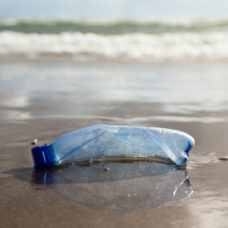Carbon emissions are one of the most significant environmental issues behind our growing climate change crisis. For years, scientists in every corner of the world have been developing different approaches and technologies to reduce our carbon footprint. Now, a team of researchers has finally come up with a new CCS technology that turns carbon emissions into usable energy.
Researchers from the Ulsan National Institute of Science and Technology in South Korea reportedly developed a system that dissolves carbon dioxide in an aqueous solution to produce electrical energy and hydrogen.
“Carbon capture, utilization, and sequestration (CCUS) technologies have recently received a great deal of attention for providing a pathway in dealing with global climate change,” Professor Guntae Kim, lead researcher of the study published in the journal Cell, said.
“The key to that technology is the easy conversion of chemically stable CO2 molecules to other materials. Our new system has solved this problem with CO2 dissolution mechanism.”
How the new CCS Technology Works
In developing this CCS technology, researchers took inspiration from the fact that carbon dioxide emitted by humans is largely absorbed by the ocean. With this concept in mind, the researchers devised a way to trigger an electrochemical reaction by “melting” the carbon in the water.
Apparently, the rise in the acidity level of the water also increases the number of protons in it. In turn, this phenomenon increases the power of water to attract electrons, enabling the production of electricity by removing the CO2.
The team’s Hybrid Na-CO2 System also consists of a cathode, separator, and an anode just like a conventional fuel cell. However, its catalysts are contained in an aqueous solution and are connected to the cathode by a lead wire.

Injecting CO2 into the water triggers an electrochemical reaction. This reaction produces electricity and hydrogen while eliminating CO2. At the moment, the CCS technology’s CO2 conversion efficiency has already reached 50 percent.
During the team’s experiment, the device was able to operate for over 1,000 hours without causing any damage to the electrodes.
“This research will lead to more derived research and will be able to produce H2 and electricity more effectively when electrolytes, separator, system design, and electrocatalysts are improved,” Professor Kim went on to say.



















Comments (0)
Most Recent